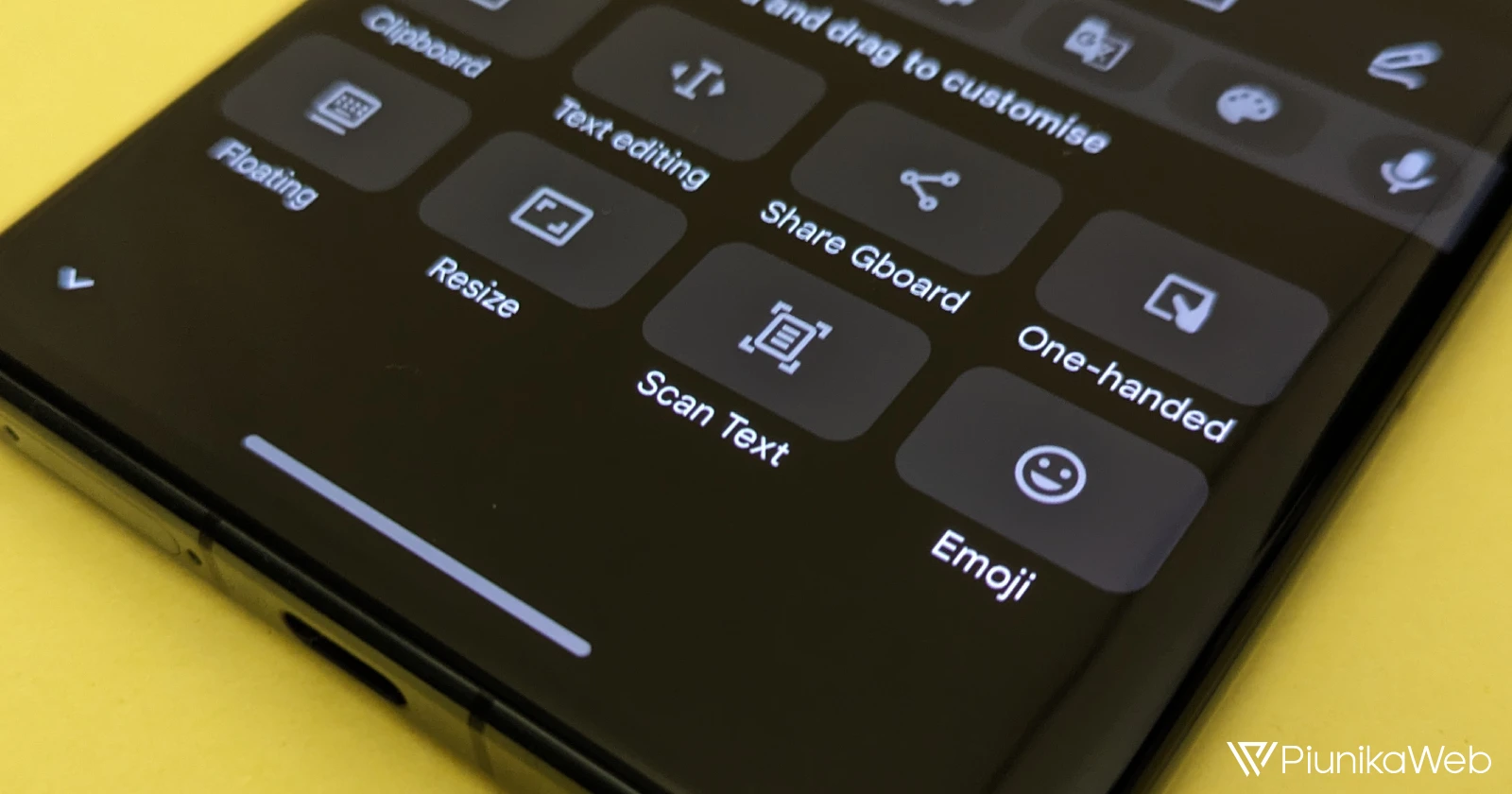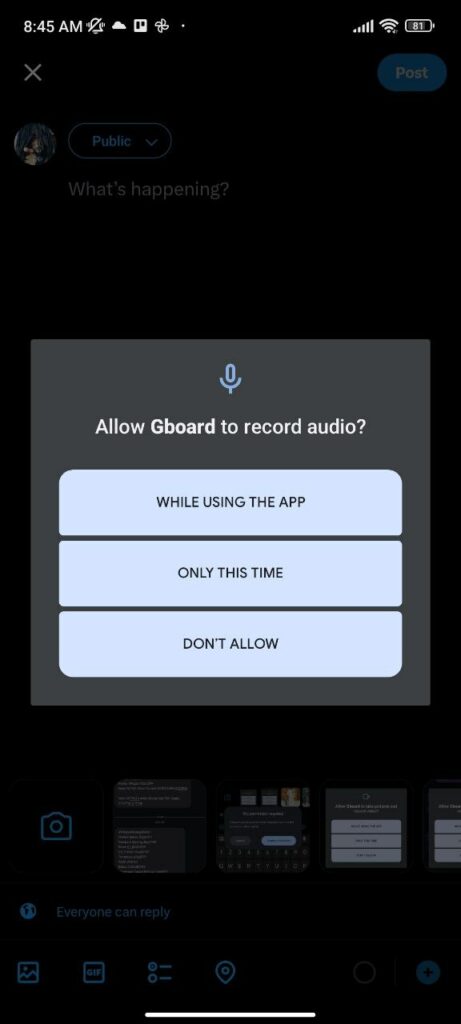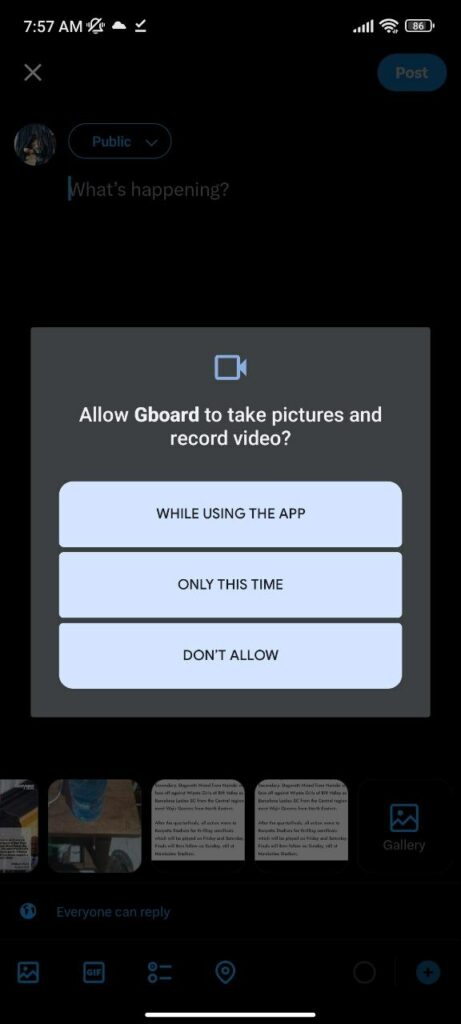Google continues its commitment to modernizing the design of its Android apps, with recent focus on implementing elements of its in-house Material Design 3 language for a more polished and consistent user experience. One prominent example is the Google App. A new experimental design places the search bar directly into the bottom bar, enhanced with Material Design 3 aesthetics. This change promises to make search much easier to reach, especially on larger smartphones. Google has also updated its Quick Share app to align with Material Design 3. A fresh animation now accompanies file transfer progress, providing a more visually appealing and on-brand experience.
Continuing the trend, although a little unconventionally, Gboard is getting new permission pop-up windows with some visual changes as well. Currently, when you tap on the mic icon to record an audio message through Gboard for the first time, the app will ask your permission to access the microphone. This is also true for the camera for those who use the “Scan Text” function. Usually, you’ll be greeted by a huge square pop-up window with rounded corners housing the permission prompt to “Allow Gboard to record audio” with three vertically-aligned options: While using the app, Only this time, or Don’t allow. Below is a screenshot of how it looks:
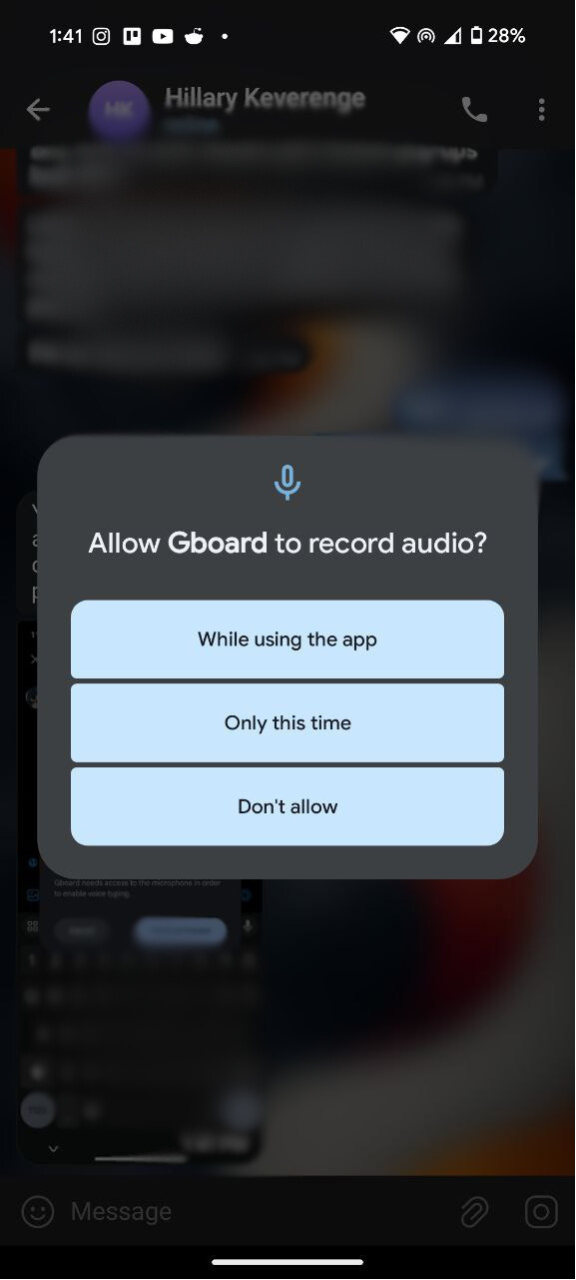
With the latest Gboard beta update, there are new permission pop-up windows for requesting microphone or camera access with a redesigned interface. The new windows are smaller, cleaner, and feature updated text that better explains why the permissions are needed, as seen in the screenshot below.
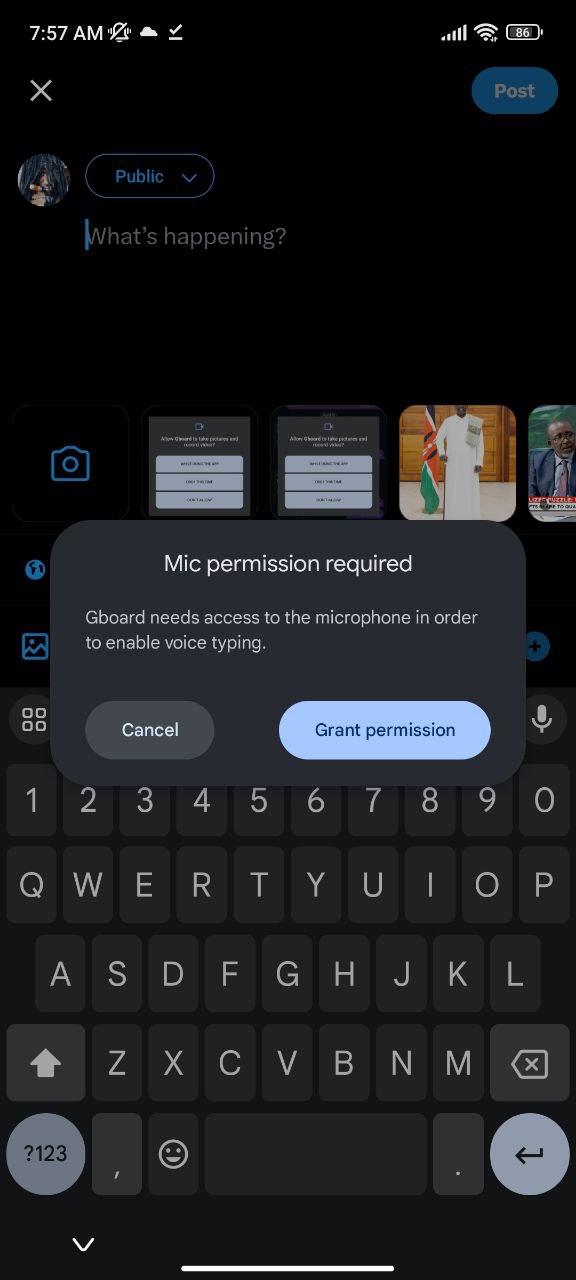
In the updated Gboard permission pop-ups, the size of the window and text is smaller and the shape is also rectangular with the rounded corners keeping their place. The wording of the prompt has also changed to “Mic permission required” at the top followed by “Gboard needs access to the microphone in order to enable voice typing.” Unlike before, there are only two options to pick from on this window: Cancel or Grant permission. Interestingly, tapping on “Grant permission” opens pretty much the same permission pop-up window as before, which is a bit confusing at this point. This time, though, the pop-up window is a perfect square with no rounded corners, much like the permission pop-up window for the camera in Gboard.
While there’s still room for improvement (the two-stage process when initially granting permission access can be streamlined), these changes showcase Google’s desire to keep its core apps modern and visually appealing. As Google continues to experiment, more updates with a Material Design 3 flavor are likely coming soon.
I have the new permission pop-up windows on my Xiaomi phone running Gboard beta 14.0.12, but we couldn’t find any traces of these changes on our Pixel devices on the same beta version. If anything, it’s possible Google is testing the changes with a limited number of Android users.

